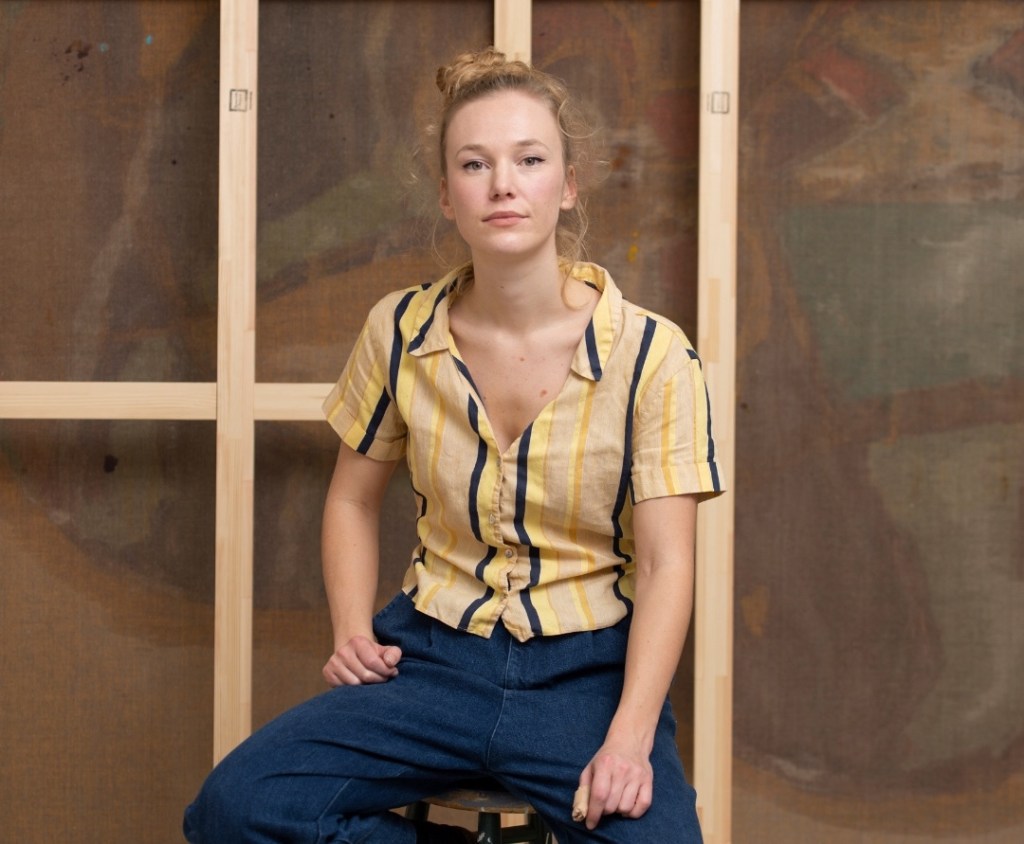New York Museum Censors Images of Prophet Muhammad in Online Tour, Sparking Debate
Scholars took issue with the Asia Society’s handling of images of the Prophet Muhammad after some pictures were blurred in an online campaign related to a current exhibition.
The museum’s press materials describe the exhibition, titled “Comparative Hell: Arts of Asian Underworlds,” as the first comprehensive showcase in the United States dedicated to exploring religious depictions of Hell deriving from Buddhism, Jainism, Hinduism and Islam. The exhibition, which opened in February, is slated to run until the first week of May.
A virtual tour is being used to promote the exhibition online. Some scholars involved with the show noticed that pictures of the Prophet Muhammad that appear in the show were obscured, the Times reported on Monday.
Two of these academics—Kjeld von Folsach, director of Copenhagen’s David Collection, a museum which has a large holding of Islamic art, and Christiane Gruber, a scholar of Islamic art based in Michigan—claimed they were not told the images would be blurred in marketing efforts.
Representatives for the Asia Society told the Times that the virtual tour was handled by an outside contractor and that the blurring of the images was done without the museum’s official approval. The museum removed the online tour from its website to make the correction and has since apologized for the error, telling the Times: “Our goal with this exhibition has always been to display these historic works fully while also including necessary context and information.”
Signage at the New York exhibition space is installed to warn against photography of those images. Additional text within the show notes that these works’ subject matter is sensitive for religious reasons.
Von Folsach helped lend a 15th-century manuscript depicting Hell’s gates during the night of the Prophet Muhammad’s ascent to heaven as illustrated in a copy of al-Sara’i’s “Nahj al-Faradis.” Gruber, who acted as an adviser for the exhibition and authored a catalogue essay, has been a vocal advocate for showcasing uncensored images of the Prophet in academic settings.
A representative for the Asia Society did not immediately respond to ARTnews‘s request for comment.
The handling of historical depictions of the Prophet Muhammad in institutional settings remains a point of debate. In some sects of Islam, and for many observant Muslims, viewings or renderings of the Prophet are commonly believed to be forbidden. This applies not only to contemporary depictions but to historical ones as well.
Earlier this year, administrators at the Minnesota-based liberal arts college Hamline University were embroiled in controversy over the school’s dismissal of an art history adjunct professor, whose use of historical images of the Prophet were flagged as offensive by an observant Muslim student. Hamline initially defended its decision not to renew the professor’s contract and described the incident as “Islamophobic” in internal communications sent to staff. The school later walked back the claim after a debate ensued over academic freedom.
The aftermath of the controversy led to widespread calls by the university’s professors and academic advocacy groups for the resignation of Hamline’s president, Fayneese S. Miller. Earlier this month, Miller announced that she would step down from the position in June 2024.



